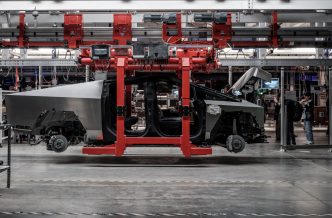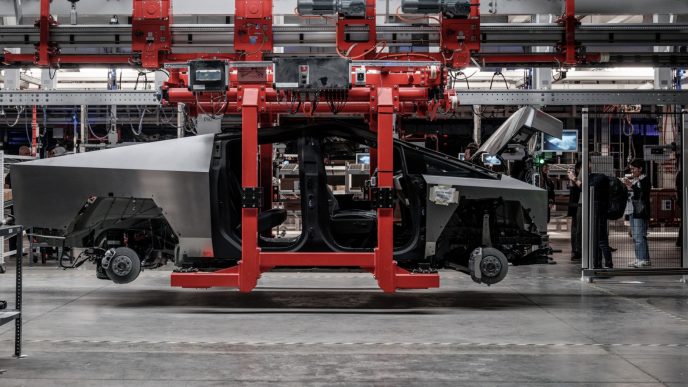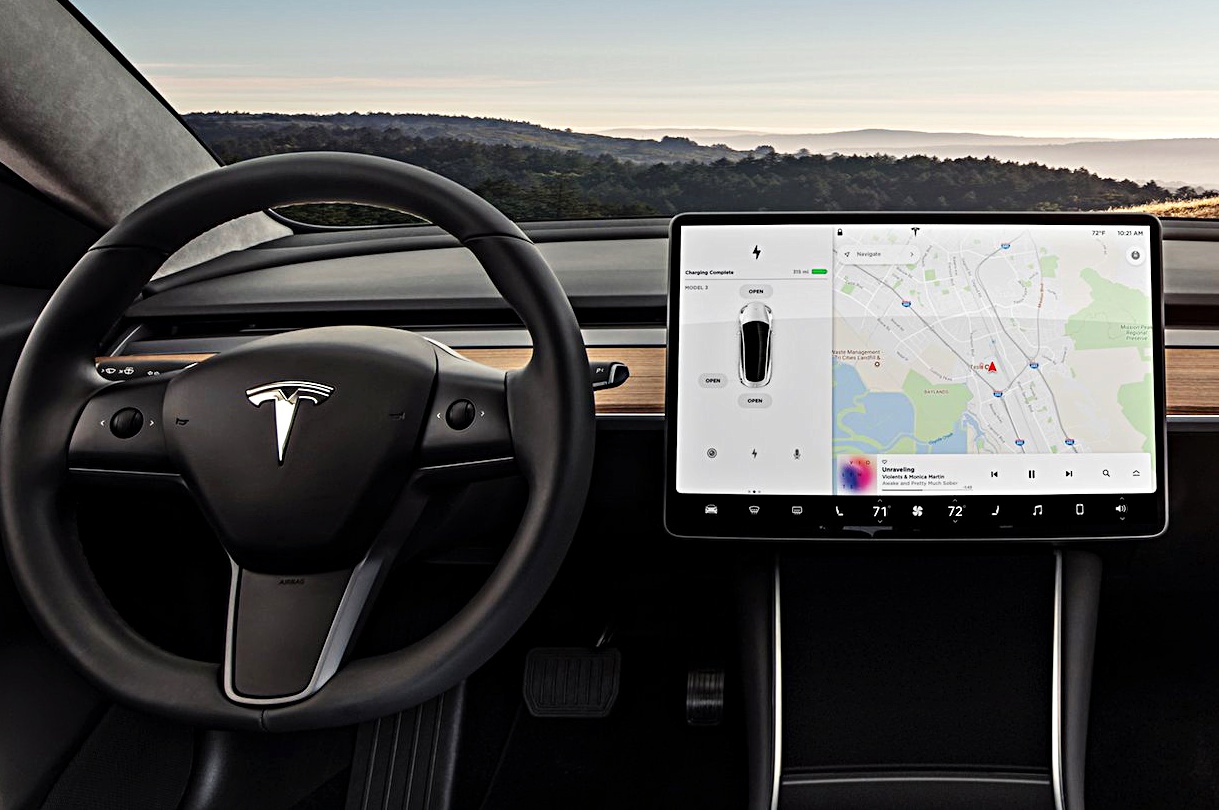Tesla’s highly anticipated Cybertruck has demonstrated a significant advantage in maneuverability thanks to its four-wheel steering system, a feature that sets it apart as a large electric pickup.
A recent test visually compared the Cybertruck’s turning radius with the rear-wheel steering system enabled and disabled, showcasing a dramatic difference.
As seen in a video, the Cybertruck with four-wheel steering enabled completed a much tighter turn than the one without, underlining the system’s impact on improving maneuverability. This system allows the rear wheels to steer slightly in the opposite direction of the front wheels, a common approach in vehicles with four-wheel steering to enhance turning capabilities.
How Four-Wheel Steering impacts turning radius
This standard feature gives Cybertruck the maneuverability of a sports car pic.twitter.com/orO0yGlMHS
— Cybertruck (@cybertruck) November 25, 2024
Tesla’s Chief Engineer Lars Moravy has attributed the Cybertruck’s steer-by-wire functionality and rear steering angle to the vehicle’s innovative 48-volt low-voltage system. “Previously, the amount of power needed to be sent to the electrical steering motors at the rear would’ve been prohibitive to run over the older 12V architecture,” Moravy explained. The advanced system also features dual electric motors at the front as a safety redundancy in case of a malfunction.
Beyond its city-friendly turning radius, the Cybertruck boasts impressive off-road capabilities. Tesla designed the pickup with generous approach and departure angles, an advanced air suspension system, and a sealed battery for navigating river crossings in “Wade Mode.” These features solidify the Cybertruck’s versatility, making it suitable for urban settings and rugged terrains alike.










